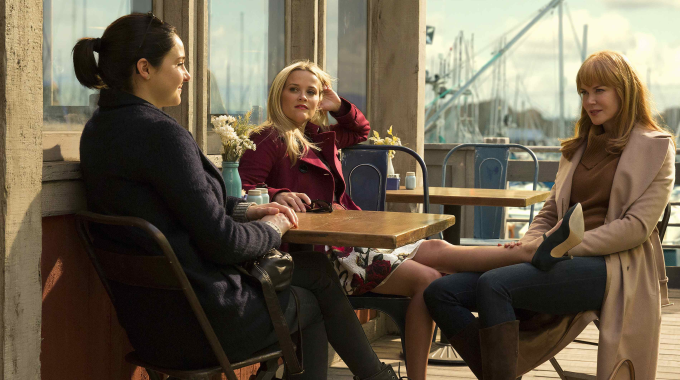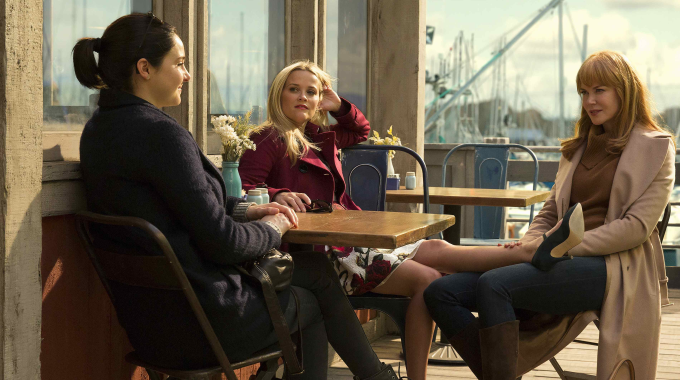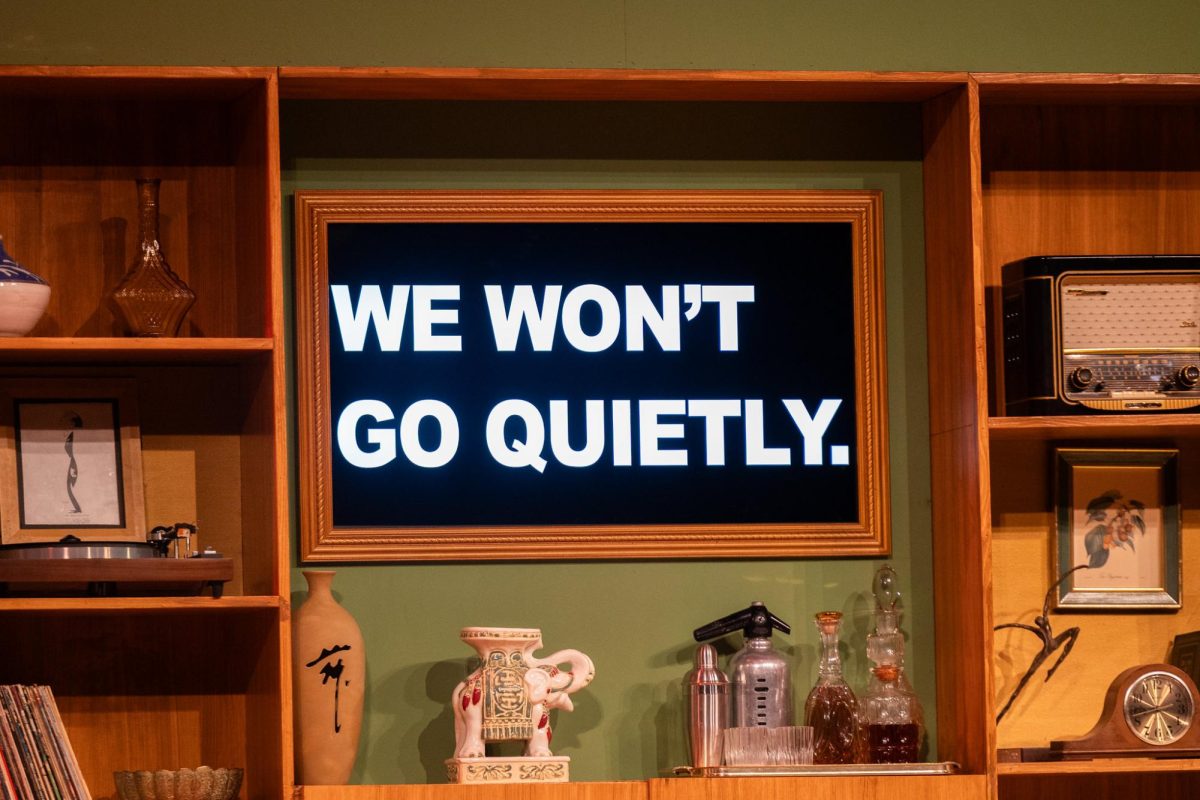facebook.com
I could start this review by calling out the predominantly white cast of “Big Little Lies,” or producer David E. Kelley’s weakness for catfights, but I won’t. Despite its deceptively cheesy title, “Big Little Lies” tells an important story of victimization to empowerment. It’s a unifying tale whose gender-specific horrors are not exclusive to a particular community.
“Big Little Lies” feels so complete that a second season could only disappoint. It’s not everyday that a murder-ending is overshadowed by its backstory. When you begin “Big Little Lies,” an assumption is made. This show is about murder. Not even close.
While the murder acts as a source of suspense, it’s merely an accessory to the real aspects of the show. The editing, sound and absurdity of the characters collectively deliver a unique form of drama and storytelling that other murder-mysteries fail to attain.
“Big Little Lies” follows an all-star cast of mothers, raising first graders in Monterey. Nicole Kidman is Celeste, a beautiful yet battered wife. Reese Witherspoon is Madeline, a fearless socialite. And Shailene Woodley is Jane, a poor, single mom trying to escape her past. Drop-off at Otter Bay Elementary is a battleground for the upper middle class mothers whose characters often reflect the proximity of Silicon Valley. However, the cattiness of the women reveals itself to be superficial as one by one, they stand up for each other as mothers, wives and human beings. The pending murder becomes more of a structural teaser while the plot focuses on the women and their hardships.
Kelley based the HBO limited series off a novel of the same name by Liane Moriarty. Kidman has said the book had a very Australian tone to it, but Kelley was able to Americanize the plot enough to stay true to the novel while altering the tone to be relevant to his audience. Kelley’s script transfers perfectly to the small screen with the help of Oscar-worthy acting, lavish settings and jaw-dropping cinematography. However, the beautiful set contrasts menacingly with the trauma and violence regular to the show.
As a buffer, director Jean Marc-Vallée uses an editorial style that keeps the show emotionally balanced and involved. We learn about the women’s lives in increments through strategic flashbacks that merge with the present. Routine cuts to gossipy monologues keep the episodes satirically light-hearted without interfering with their seriousness.
Sound plays a huge role in setting the tone. Vallée, who directed Witherspoon in “Wild” is known for assigning musical themes to each character and creating his own soundtrack. For example, he pairs Neil Young with Alexander Skarsgård’s character Perry, Celeste’s abusive husband. Initially, Perry plays “Harvest Moon” for Celeste after a fight, saying to her “The most beautiful song for the most beautiful woman.”
Later on, we see Perry horrifically beating Celeste as he plays Neil Young’s “Helpless.” The diegetic sound is used as a tool to clue the audience in on when a scene is part of the past and leaves a lot of the story in an eerie silence. When Celeste is reflecting on Perry’s attack, we don’t hear “Helpless” anymore. We hear the sound of the ocean as she unpacks her new apartment. Although Celeste is alone in her apartment, it’s hard not to think that Perry is going appear out of nowhere. The silence gives the show a sense of unease in the right moments and assigns perspective to the scenes. You’ll notice that the recurring click of a lighter is the theme of the suspicious female detective.
Our perception of a series can change when we acknowledge such subtleties. It’s truly exciting when a director takes the time to add in these hidden distinctions. “Big Little Lies” is cinematically impressive as it balances harsh events with a powerful message.




































